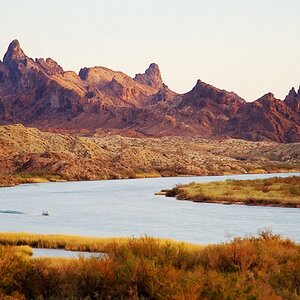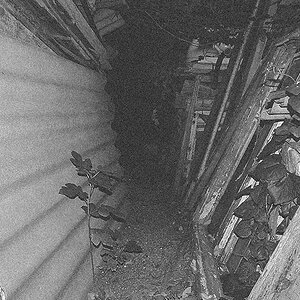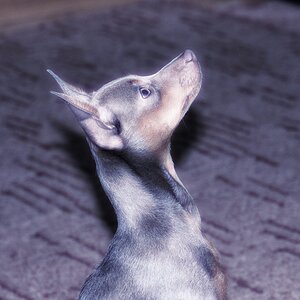coastalconn
Been spending a lot of time on here!
- Joined
- Mar 24, 2012
- Messages
- 3,594
- Reaction score
- 3,635
- Location
- Old Saybrook, CT
- Can others edit my Photos
- Photos NOT OK to edit
I really disagree with you, myself and others have tons of extremely sharp images and may of us shoot handheld.. Guess it depends on how you shoot. For me I am very mobile and really dislike shooting from a tripod. Modern Cameras are good enough that you really don't need to shoot at base ISO so there is plenty of room to use the shutter speed you need...It's true that shooting wildlife from a tripod is damned near impossible (unless it's a sleeping critter). But once your glass arrives, practice shooting with it at 500mm. What you'll discover is that just the mere act of breathing lightly in and out will create tremendous blur of small objects like birds on a branch (let alone those in flight). All of those superb photos you see of birds where the feathers are sharply defined and in-focus...you achieve those from a very stable lens. You need to look for ways to stabilize your lens when you shoot. Things like...resting it on a car, a fence, a tree branch, putting it on a bean bag, setting it on a stone and then triggering the shutter wirelessly...those are all options.
As for how to carry it, there are plenty of sling options (I have a black rapid) out there. For backpacks (especially with big or long lens), I suggest you get a regular backpack and then put an insert in to it. You can usually configure the insert to fit your needs. And for serious wildlife photography, you're going to want to have your camera equipment in that backpack plus...lunch...a wind breaker or poncho for when it starts to rain...maybe some toilet paper and some wipes...a water bottle or two. So using a regular day pack with an insert is what I use when my holster or messenger bag aren't big enough.



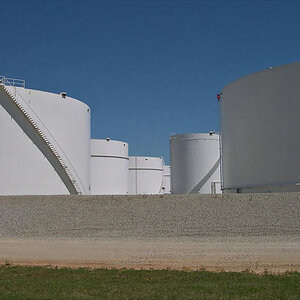
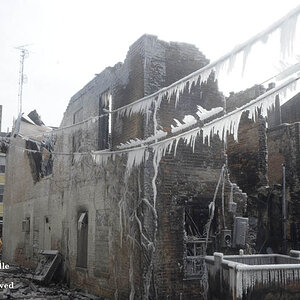



![[No title]](/data/xfmg/thumbnail/38/38724-0b9c26c57726c91c6c504310e4428e55.jpg?1619738702)
![[No title]](/data/xfmg/thumbnail/35/35262-02f8eba4a2a92dbae0b55547bba80b4f.jpg?1619736968)
